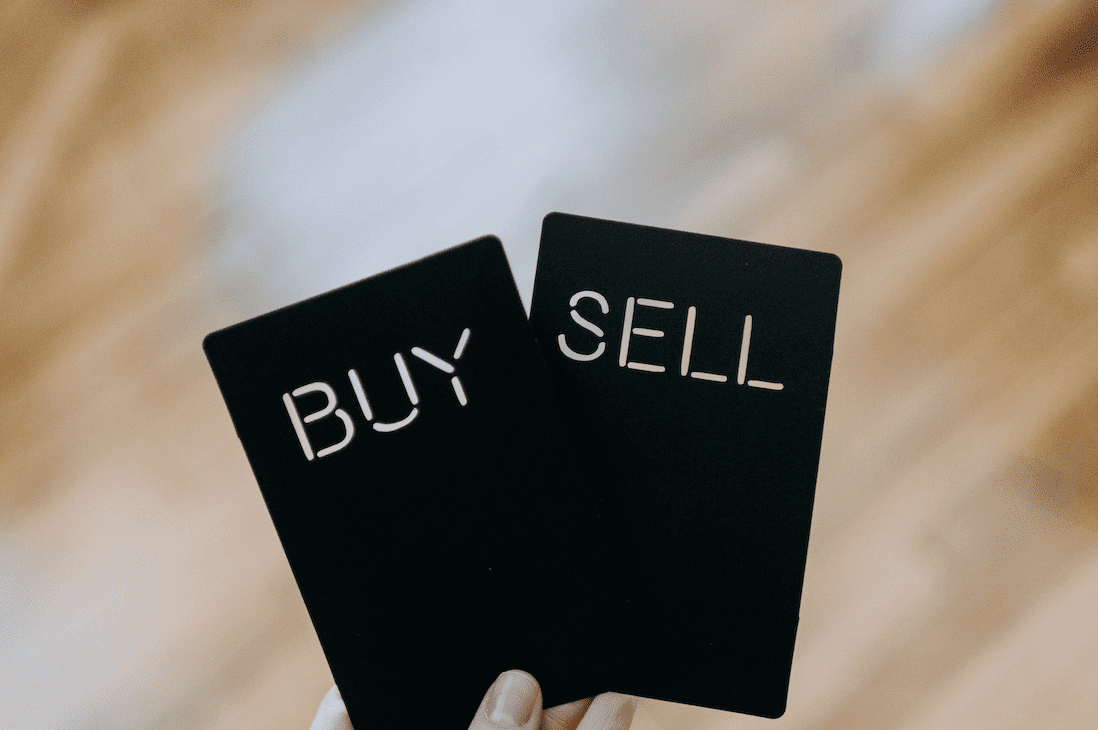Understanding the Different Types of Trading Orders: How to make trading a bit easier
Understanding the Different Types of Trading Orders: How to make trading a bit easier
By Katie Gomez

There are plenty of variables that factor into a stock trader’s success. For example, stock orders and automated trading have allowed traders to buy and sell stocks more effectively and consistently. Traders use trading orders to buy and sell a variety of securities such as stocks, currencies, futures, commodities, options, bonds, and other assets.
As a trader, understanding the different types of orders and figuring out the most beneficial to use at a given time is essential to success. The three main types of orders are market, limit, and stop-loss.
A market order is popular among investors. It’s used for selling or buying securities instantly. Market orders can guarantee execution but not the price at which it is executed. Typically, a market order will execute at or near the original bid (for a sell order) or ask price (for buy orders).
On the other hand, there are a few caveats to be aware of before using market orders. A stock quote usually includes the highest bid and the lowest offer so both the seller and buyer can have all the information. However, in fast-moving markets, stock prices can change dramatically in a short period, so traders must ensure that they have the correct last trade price when using an order that requires price precision.
Before submitting their market order, traders must do thorough research, refreshing and triple checking the last trade price, which can change in minutes, especially in the case of less-liquid stocks, which have trade prices refreshing in minutes.
Additionally, market orders should only be placed only during market hours to avoid the process of re-evaluating the price given the changes once the market reopens. In the waiting hours until the market opens, the order can easily result in a significant price change (higher or lower) from its last closing price (gapping up or down). In general, orders between market sessions are risky due to the numerous factors that could impact a stock’s price ( i.e., unexpected events/news stories, the release of earnings, or company hardship).
Therefore, market orders are most optimal when the goal is to execute a trade immediately. Finally, market orders prove appropriate if a trader can accurately gauge whether or not a stock is priced right and can ensure when they specifically plan to fill their order.
Another typical order type that traders should consider are stop-loss orders. A stop-loss or stop order is one of the most popular market orders for protection/risk management and optimized return. Stop orders buy/sell a stock at the market price once the stock has traded at the designated “stop price.” If and when the stock/security has reached this price, the stop order becomes a general market order and gets filled at the next available market price.
Sell-stop orders have gained notoriety for helping traders when a stock they own has risen, helping them protect their investment gain if it were to fall. These orders have also proven appropriate when traders want to buy a stock as it breaks a certain threshold or level in hopes of it continuing to rise. These orders are commonly referred to as stop-loss orders because they help users protect their gains and minimize losses as the market remains in flux.

How do stop-loss orders work? For sellers, the stop loss orders work as a second set of eyes to help pull you out of a stock before it dies. Once the stop price gets entered below the current market price, the stop order will know when to pull the trigger and sell (should the stock fall or trade below that price). The stop order then becomes a regular market order executing at the market’s current price, where it is no longer guaranteed execution near your stop price.
However, stop orders may be of use to buyers as well. A buy-stop order is entered at a stop price just like a sell order, except it is set above the stock’s current market price, ensuring the stock won’t get away from you as it rises. Therefore, investors generally take advantage of buy-stop orders to limit potential loss or protect their short-sell profits. On the other hand, they use sell-stop orders to limit loss or protect profits on a stock they own.
The final type of stock order traders should use limit orders. Limit orders are orders placed to buy or sell stocks with a limit on either the maximum price to be paid or the minimum to be received, which is the “limit price.” Therefore, if the limit order gets filled, it will only be at the specified limit price or higher. That said, a trader might consider using a limit order when they think they can buy at a price lower than the current price quote or sell it at a higher price.
However, unlike regular market orders, there is no way to ensure that the order will get executed in time. Even if the stock reaches the specified “limit price,” the order is not guaranteed to fill, given there may be orders ahead of yours, thus eliminating the current availability of shares at that price. In other words, you can think of limit orders executed on a first-come-first-served basis.
In conclusion, several factors can affect trade executions. Stock orders can prove immensely helpful once you understand how and when to use them correctly. This article will help guide you in the right direction to utilize these tools to help make your trading life a little bit easier. Additionally, once you learn the various orders, you can specify other conditions that affect an order’s time, volume, or price limits.
A stock order, like any market tool, is not a magic wand that will solve all your problems, but the more you learn about how they function, the more power you can yield using them. If you can become more familiar with ways to control your order, you will have a higher chance of receiving the outcome you desire.
REFERENCES
